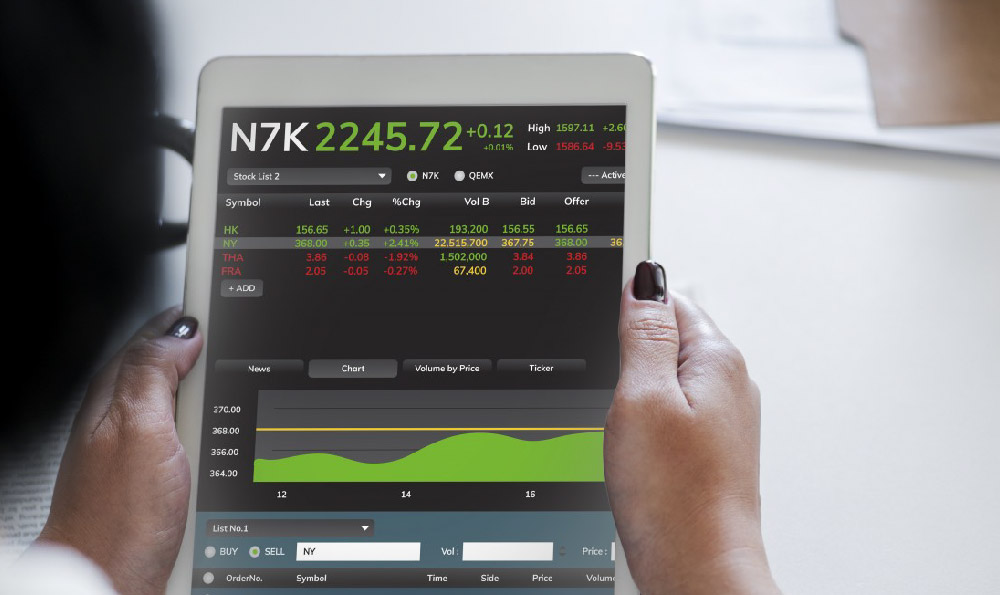The pursuit of supplemental income, or a "side hustle," has become increasingly prevalent in today's dynamic economic landscape. Driven by factors ranging from a desire to accelerate debt repayment and achieve financial independence to simply exploring new passions and skill sets, individuals are increasingly seeking avenues to augment their primary income stream. The path to successfully generating side income, however, requires careful consideration, strategic planning, and a realistic assessment of one's skills, resources, and risk tolerance.
One crucial aspect is identifying viable opportunities that align with your existing capabilities and interests. A side hustle should ideally leverage your strengths, making it more enjoyable and sustainable in the long run. This could involve freelance work, such as writing, graphic design, or web development, for those with relevant expertise. Platforms like Upwork, Fiverr, and Freelancer.com connect freelancers with clients seeking specific services, providing a readily accessible marketplace for showcasing your talents.
Another increasingly popular avenue for side income generation is through online content creation. Starting a blog, YouTube channel, or podcast allows you to share your knowledge, passions, and experiences with a wider audience. While building a significant following takes time and consistent effort, monetizing your content through advertising, sponsorships, affiliate marketing, or selling digital products can generate a substantial income stream over time. The key here is to niche down and focus on a specific area of expertise, providing valuable and engaging content that resonates with your target audience.

The gig economy offers a plethora of options for those seeking flexible and immediate income opportunities. Ride-sharing services like Uber and Lyft allow you to earn money by driving passengers in your spare time. Food delivery platforms such as DoorDash and Uber Eats provide a similar opportunity, enabling you to earn by delivering meals from local restaurants. These options are particularly attractive for individuals who value flexibility and control over their working hours. However, it's important to factor in expenses such as vehicle maintenance, fuel costs, and insurance when calculating your net earnings.
Beyond these more conventional approaches, the realm of investments, particularly in digital assets like cryptocurrencies, presents both opportunities and risks. While cryptocurrencies have the potential for significant returns, they are also inherently volatile and subject to market fluctuations. Before venturing into this space, it's crucial to conduct thorough research, understand the underlying technology, and assess your own risk tolerance. Diversification is key, as is only investing what you can afford to lose. Consider starting with smaller amounts and gradually increasing your investment as you gain experience and confidence.
Furthermore, providing services to your local community can be a rewarding and profitable way to earn side income. This could involve offering pet-sitting or dog-walking services, providing tutoring or coaching to students, or offering home repair or gardening services. By leveraging your existing skills and knowledge, you can fill a local need and build a loyal customer base through word-of-mouth referrals.
Turning hobbies into income streams can be a particularly fulfilling path. If you enjoy crafting, consider selling your creations on platforms like Etsy. If you're a skilled photographer, you can sell your images on stock photo websites or offer photography services for local events. The key is to identify a hobby that you're passionate about and find ways to monetize it through online platforms or local channels.
No matter which side hustle you choose, effective time management is paramount. Juggling a side hustle with a full-time job and other responsibilities requires careful planning and prioritization. It's essential to set realistic goals, allocate specific time slots for your side hustle, and avoid overcommitting yourself. Utilizing productivity tools and techniques can help you stay organized and focused on achieving your goals.
It's also crucial to track your income and expenses diligently. Keeping detailed records will allow you to monitor your profitability, identify areas where you can improve efficiency, and ensure compliance with tax regulations. Consider using accounting software or a simple spreadsheet to track your financial activity.
Finally, remember that building a successful side hustle takes time, effort, and perseverance. Don't get discouraged by setbacks or slow progress. Stay focused on your goals, continue to learn and adapt, and network with others who are pursuing similar ventures. With the right mindset and a strategic approach, you can successfully earn side income and achieve your financial goals.












